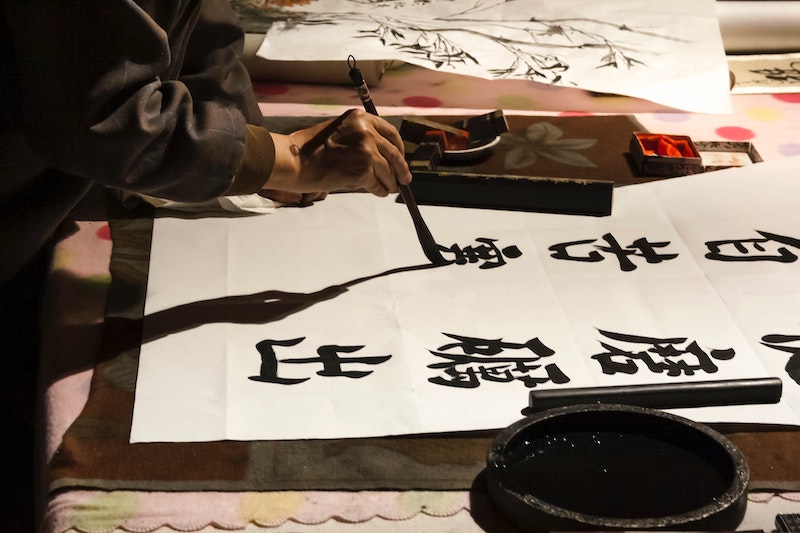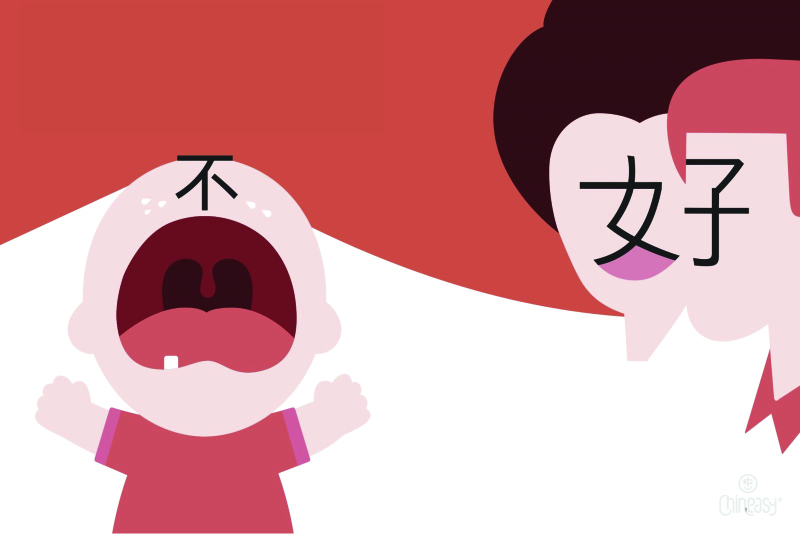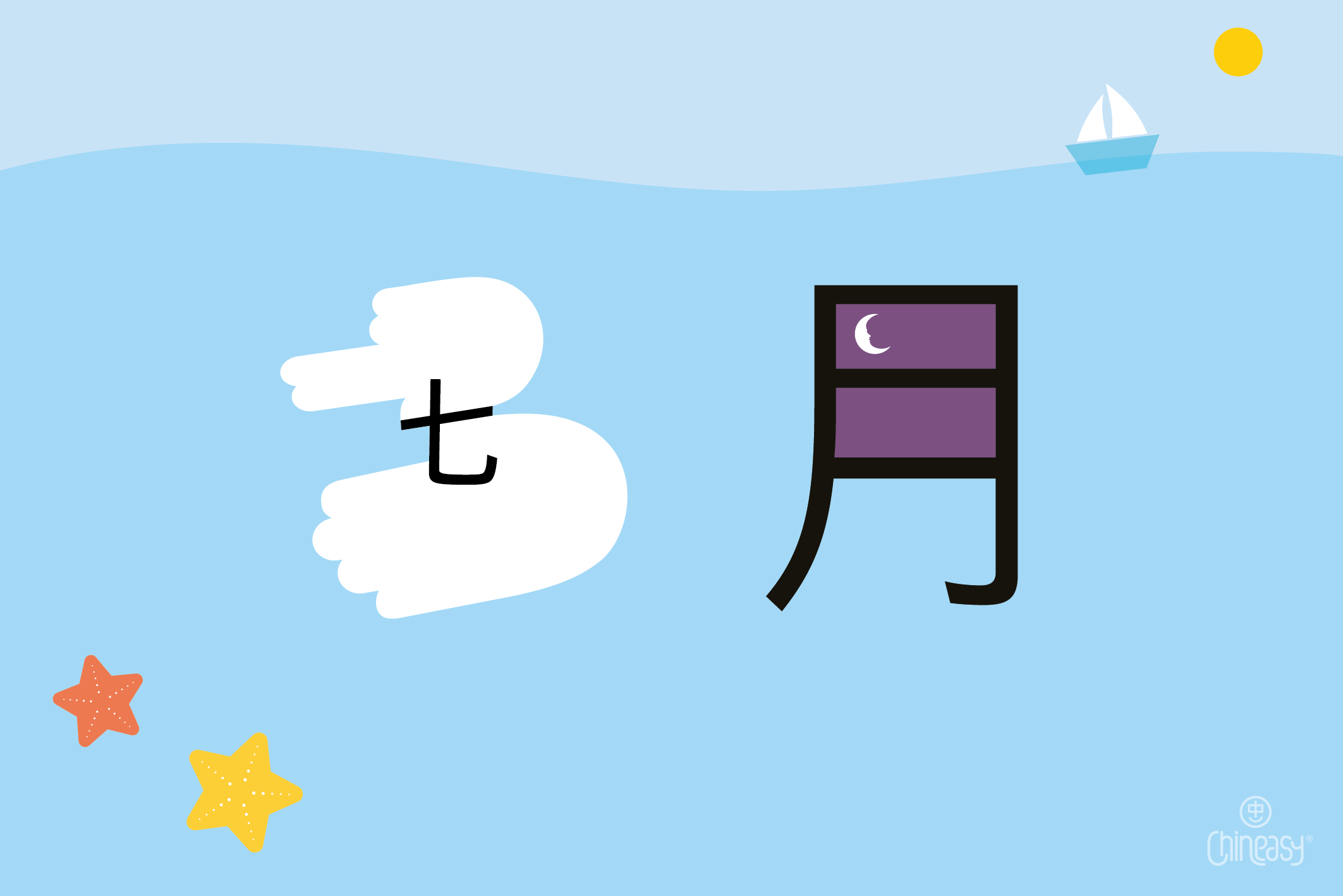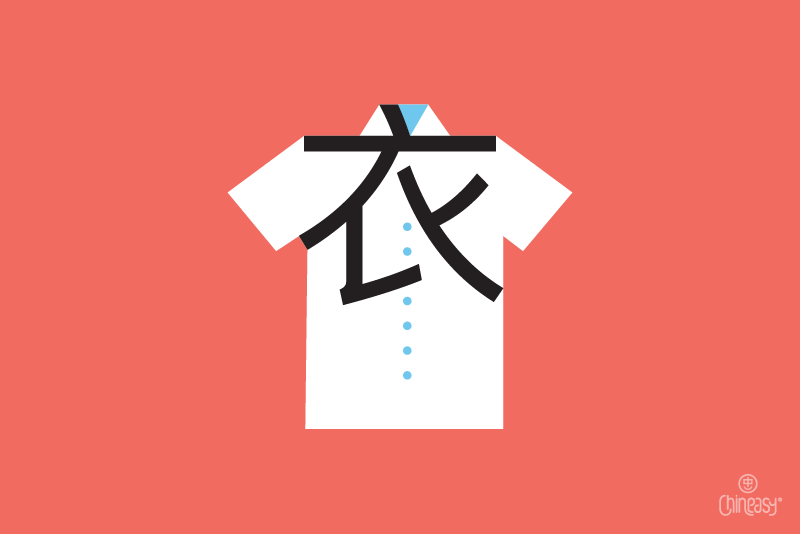Introduction
Chineasy is a great way to learn Chinese Characters. Did you ever wonder when and how these Chinese characters were invented?
The oldest known Chinese writing dates back to 3,600 years ago. It seems full of mysteries: tens of thousand characters which appeared over time and evolved, yet there are no specific characters for “yes” and “no”. Naturally, there are many different ways to say “yes” and “no” but these use different characters depending on the context.
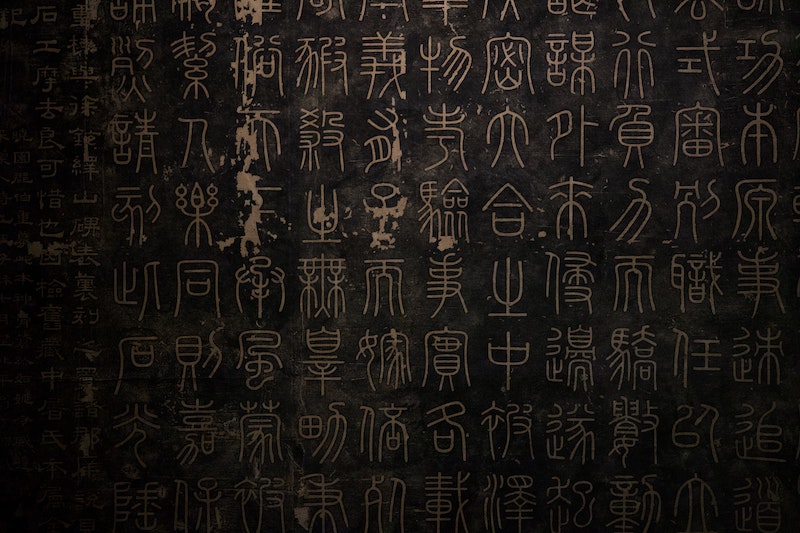
Photo by Isaac Chou on Unsplash
The origin of the most ancient Chinese characters
The very first Chinese characters are found in oracle bone scripts, which are called 甲骨文 (jiǎgǔwén) and these were written on animal bones or tortoise shells. It is quite interesting that on the remains of these bones you can see some of the basic Chinese characters that we use today!
Divination was an important initial use of Chinese characters. In ancient times, people believed that characters had magical powers and provided a connection between the people, ancestors, and Shang-di (上帝) the highest Deity. Traditionally, three people took part in the divination ritual: the ruler himself, the priest, and the scribe. The ruler asked questions which the scribe then carved into a bone with a chisel. Then the bone was placed in a fire, and the answers may have been guessed based on the sounds the bone made as it cracked in the fire.
Chinese characters explained
Historically, it all started with turtle shells and divination. It is through them, apparently, that the foundations of Chinese characters originated. Over time, people began to describe everything with the help of characters. With the growth of vocabulary, came the need to classify characters. Chinese characters can be grouped into 6 categories:
- Pictograms (象形文字) are the simplest kind of characters that represents a simplified drawing. For example, a mountain (山) looks like a drawing of a mountain. Also the sun (日) which was originally depicted as a circle with a dot inside, then years later simplified for faster writing. When you see a pictogram that doesn’t seem to resemble the object it is referring to, remember that originally that pictogram may have had curved lines. In ancient times officials decided to simplify Chinese characters and radicals so that they could be written using strokes (lines).
- Ideograms (指事文字) represent an abstract concept. The most basic example is character 3 (三) which consists of 3 horizontal lines.
- Compound characters of ideograms (會意文字) are characters whose meaning is derived from the meanings of the individual parts. For example, the character 看 consists of a hand (手) and an eye (目). It means to look into the distance.
- Ponetically compound characters (形聲文字). usually consist of several smaller characters. One of them is phonetic, so the character sounds like this phonetic particle. One of the simplest examples is “把” which means a “handle”. Accordingly, this character consists of the radical “扌” (hand) and a phonetical part “巴”. That is why this type of character should be read based on the sound of its phonetic component.
- Derived characters (轉注文字). In this category, the original character has changed a bit and takes on a different meaning. There are very few characters of this category. As an example let’s look at the characters 考 and 老. The first character (考) means to “to check, to inspect” while the second character (老) means “old”. A long time ago, they were the same character that denoted an elderly person. But over time, that ancient character branched out into these two distinct characters.
- Characters with arbitrary meanings or “loan characters” (假借文字). This character type has arisen from 2 different situations. In the first situation, characters were borrowed from other characters that sound the same due to the author’s intentional mistake or typo. For example, the character 叛 (pàn) means “betray”. That character was borrowed from another word with the same sound 畔 (pàn) that means the side of a river or a road.
The second situation occurred in ancient times when there were not yet many characters. Inscribers could borrow characters and add another meaning to them. For example, 來 (lái) meant “wheat” but was borrowed to describe “come”. Later a separate character for wheat 麥 was created so now, 來 is only used to say “come”.
Conclusion
Language, history and culture are deeply connected. As the novelist, Rita Mae Brown said: “Language is the road map of a culture. It tells you where its people come from and where they are going.” I would like to end with a learning tip: to my mind, the most unusual learning methods sometimes are the most useful. Language knowledge can be obtained from anywhere, even from games. An old Chinese game called Mahjong is one of the best examples.
